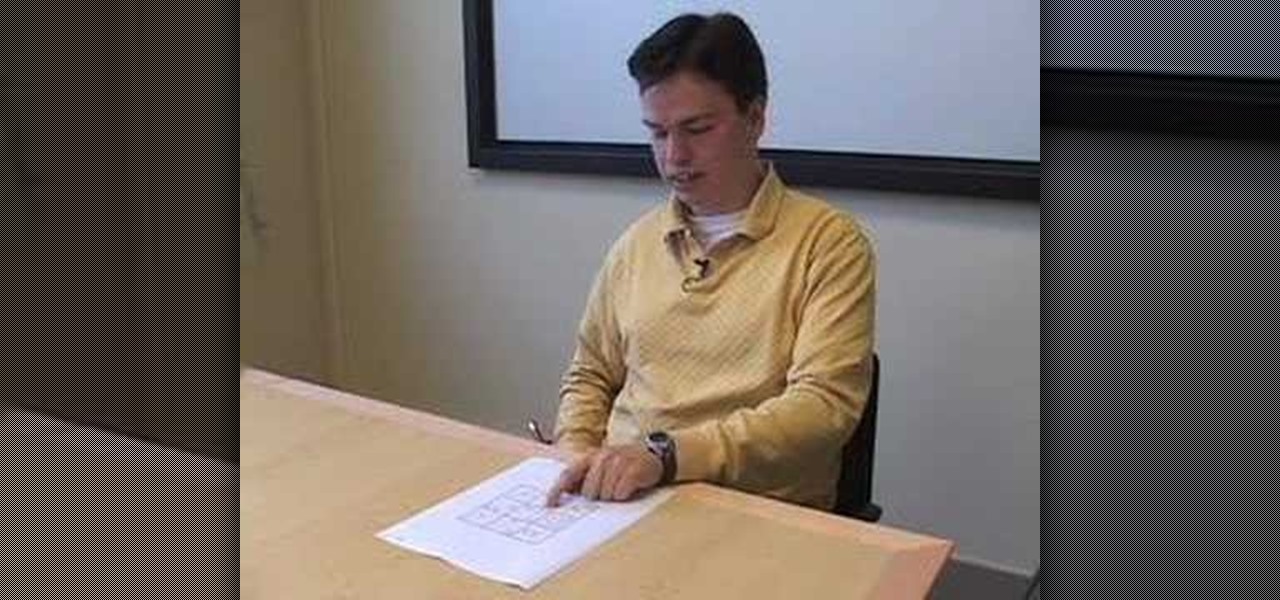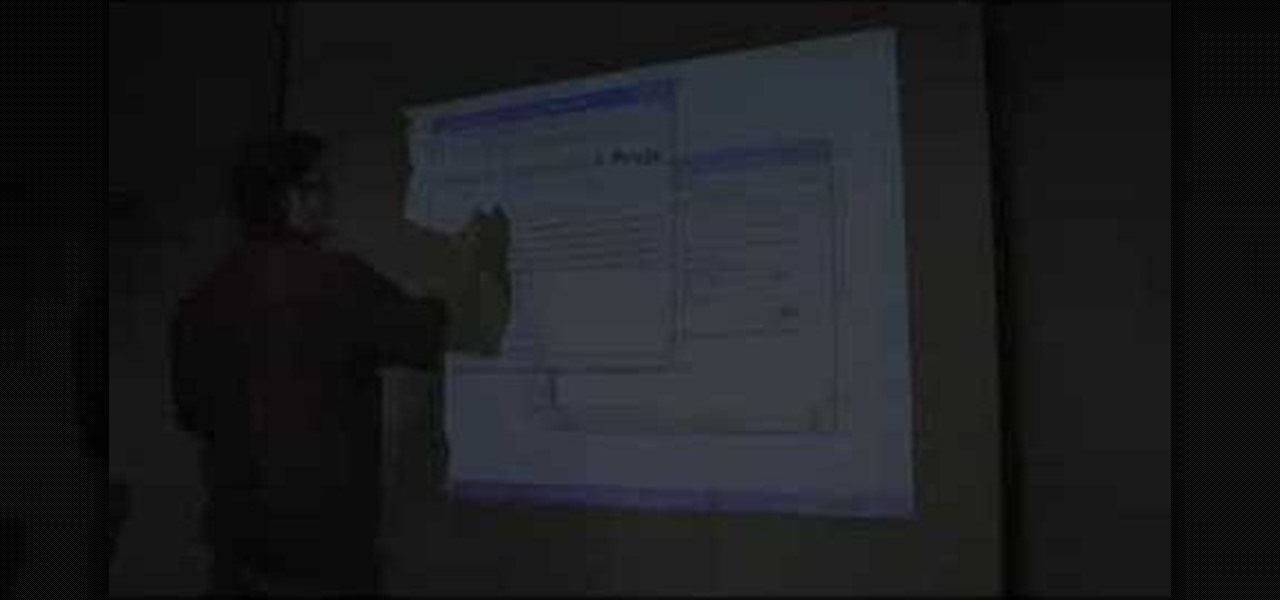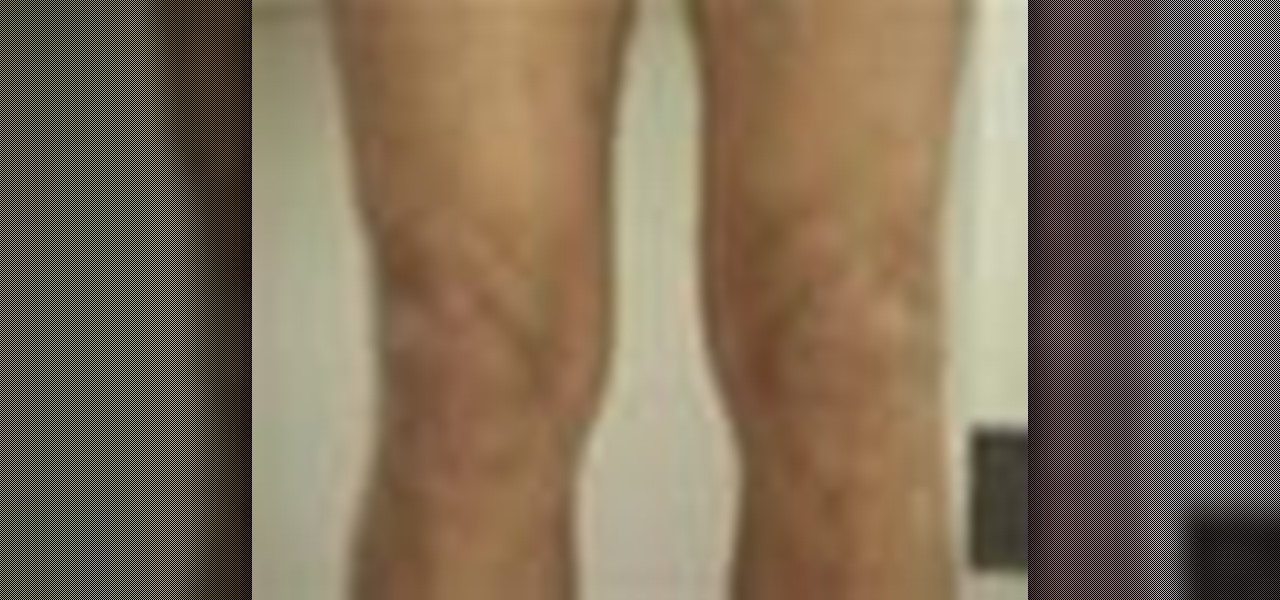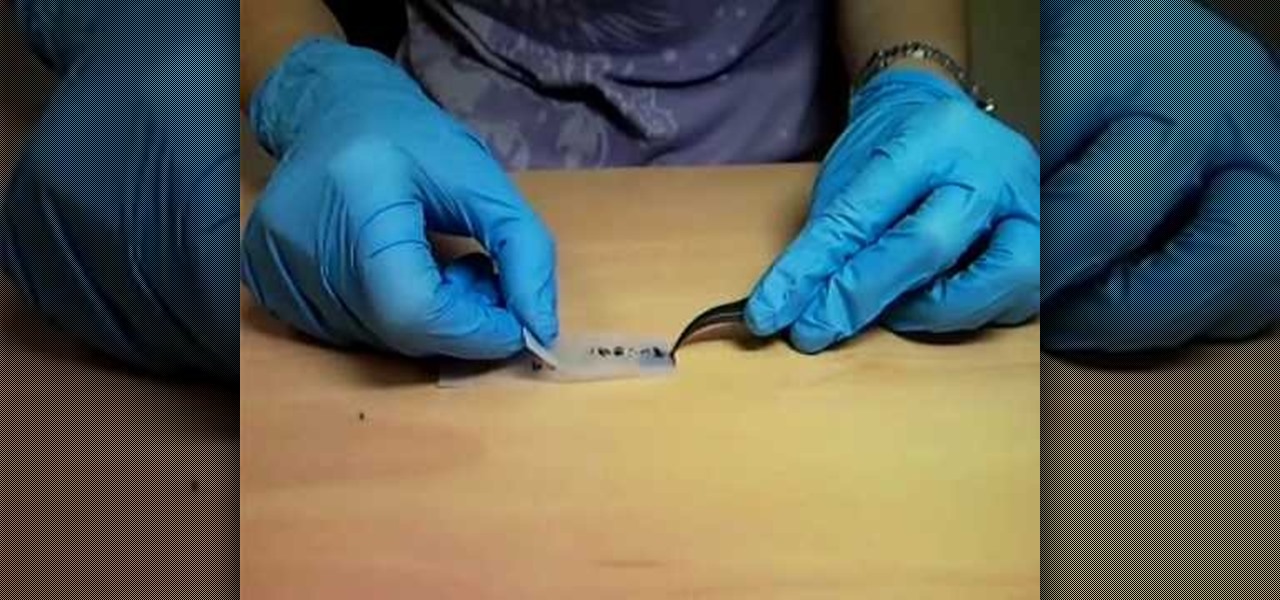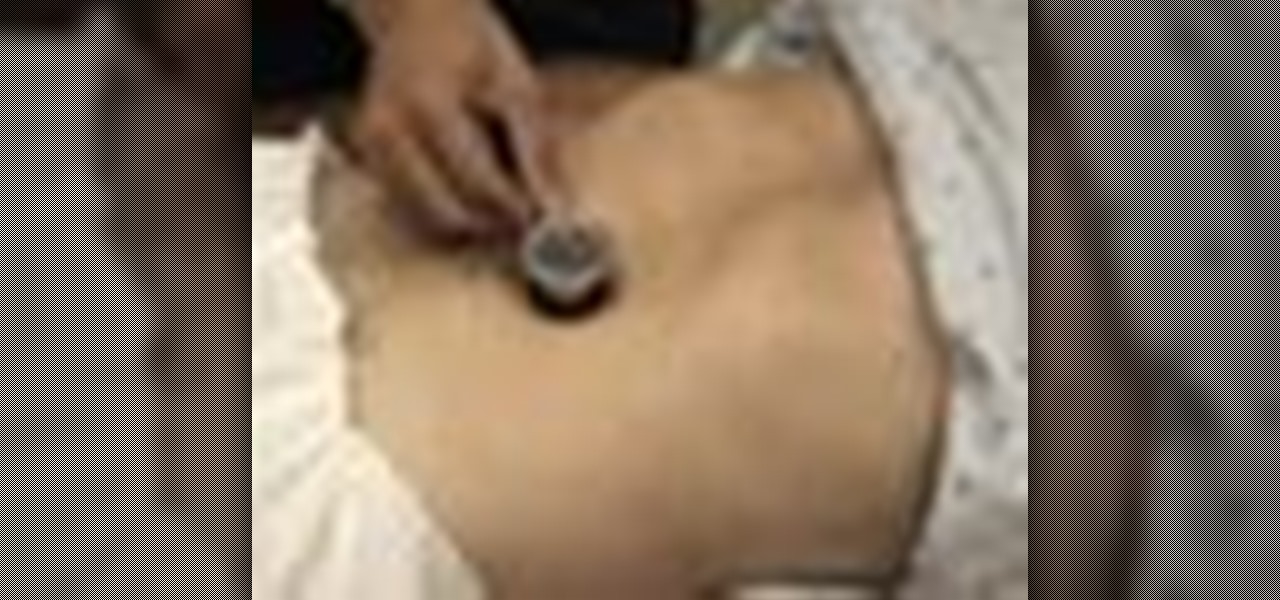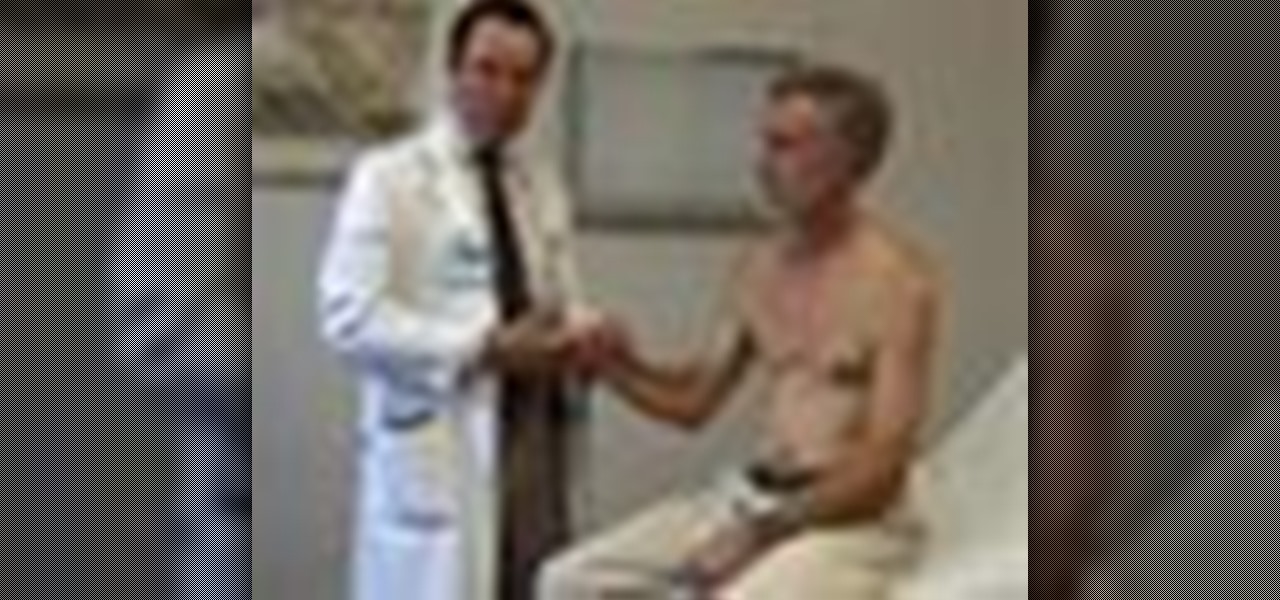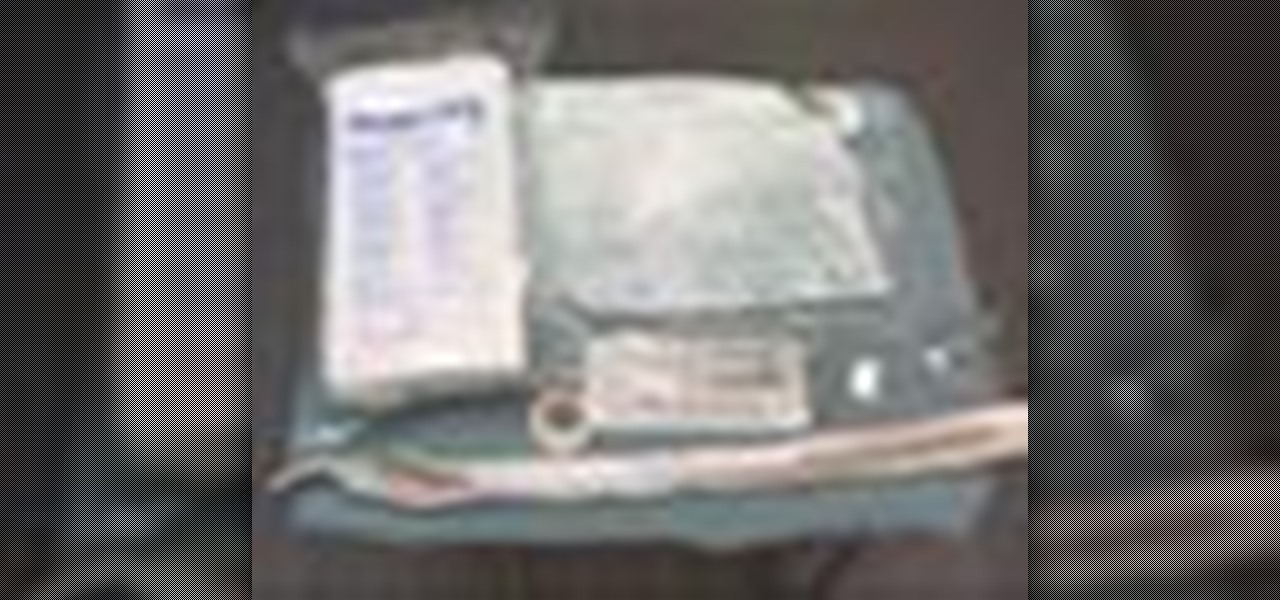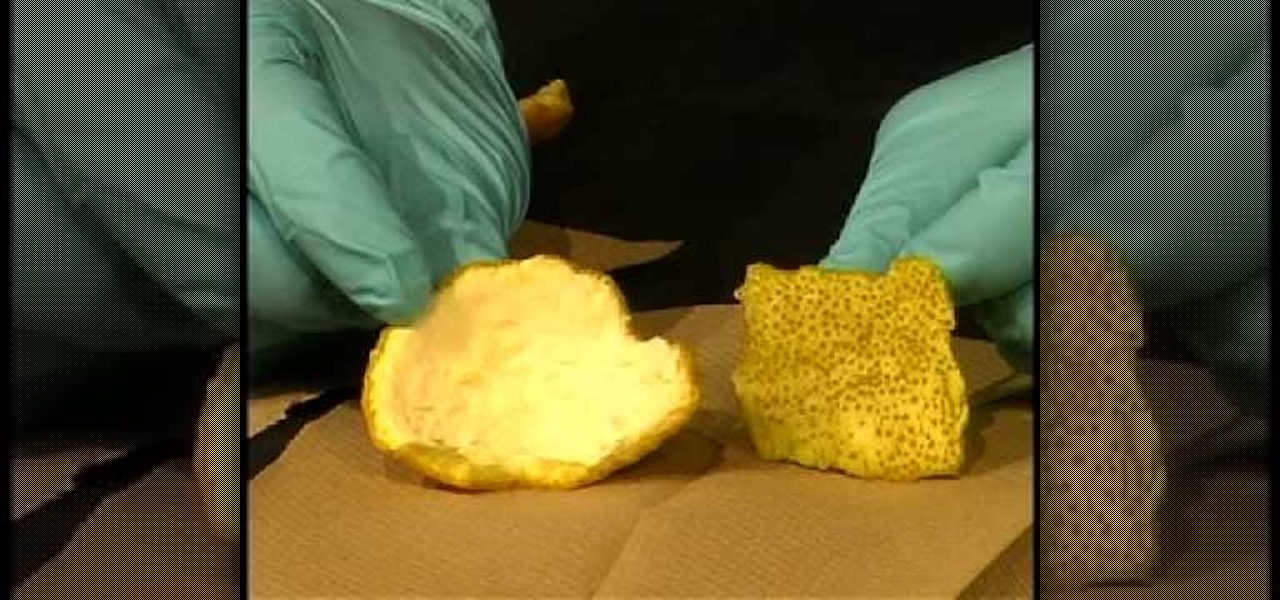
After joining Google and Huawei in underwriting the UW Reality Lab at the University of Washington in January, it appears Facebook is already seeing a return on its donation.
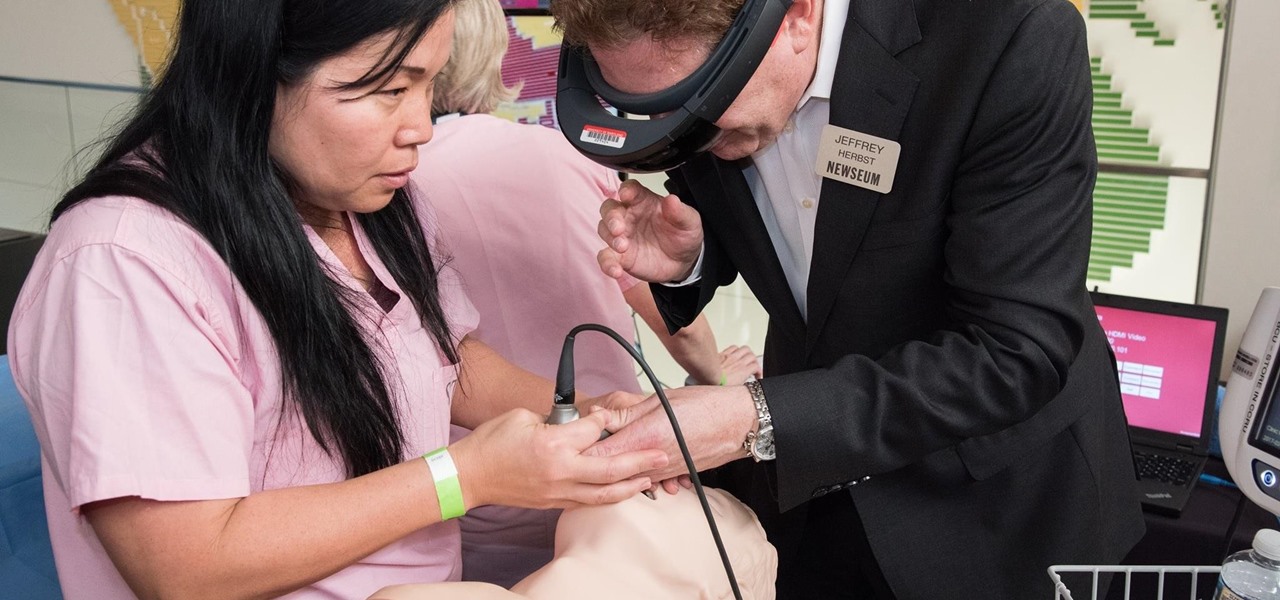
Could the technology that powers games like Pokémon GO be used for surgery in the near future? Researchers at the University of Maryland think so.

Researchers are putting driverless shuttles on campus next year at the University of Michigan and the rides are free for students and teachers.
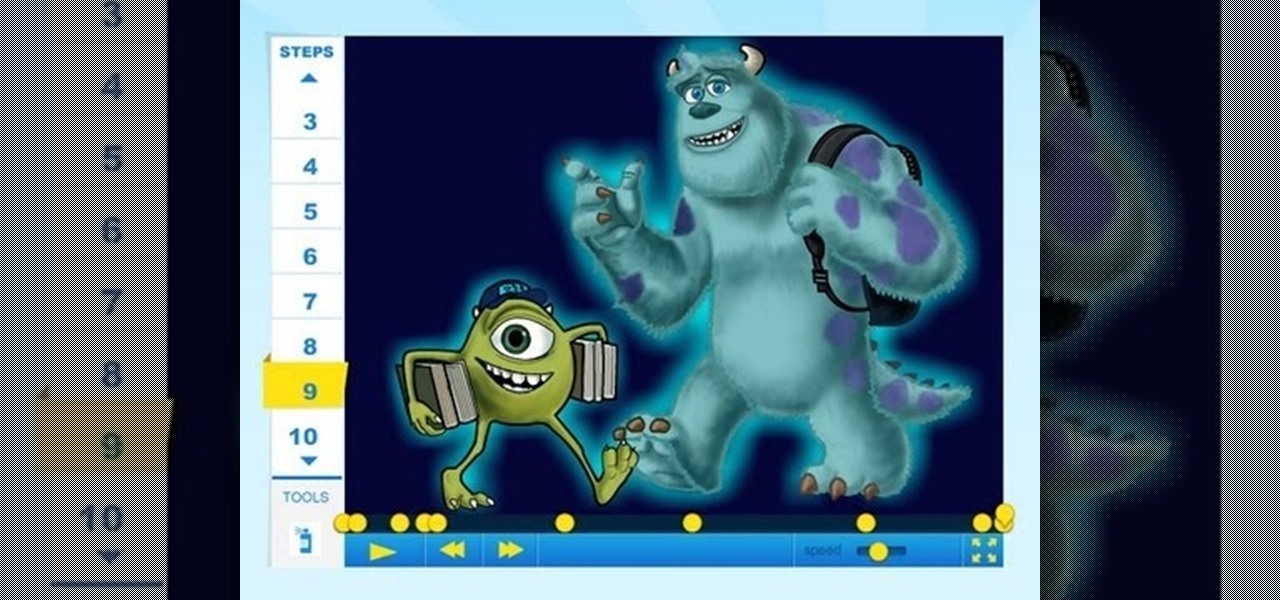
Learn How to draw Sulley and Mike from Monster University Movie Nearly 12 years after the film's release, Monsters, Inc. is scheduled for a 3D re-release on January 18, 2013, while a prequel, Monsters University, is scheduled a few months later with a June 21, 2013 release. For the full tutorial with step by step & speed control visit: how to draw.

Most augmented reality experiences are purely visual, with spatial audio gaining in popularity to make visual experiences more realistic. However, leveraging the sense of touch may be the next frontier for AR experiences.
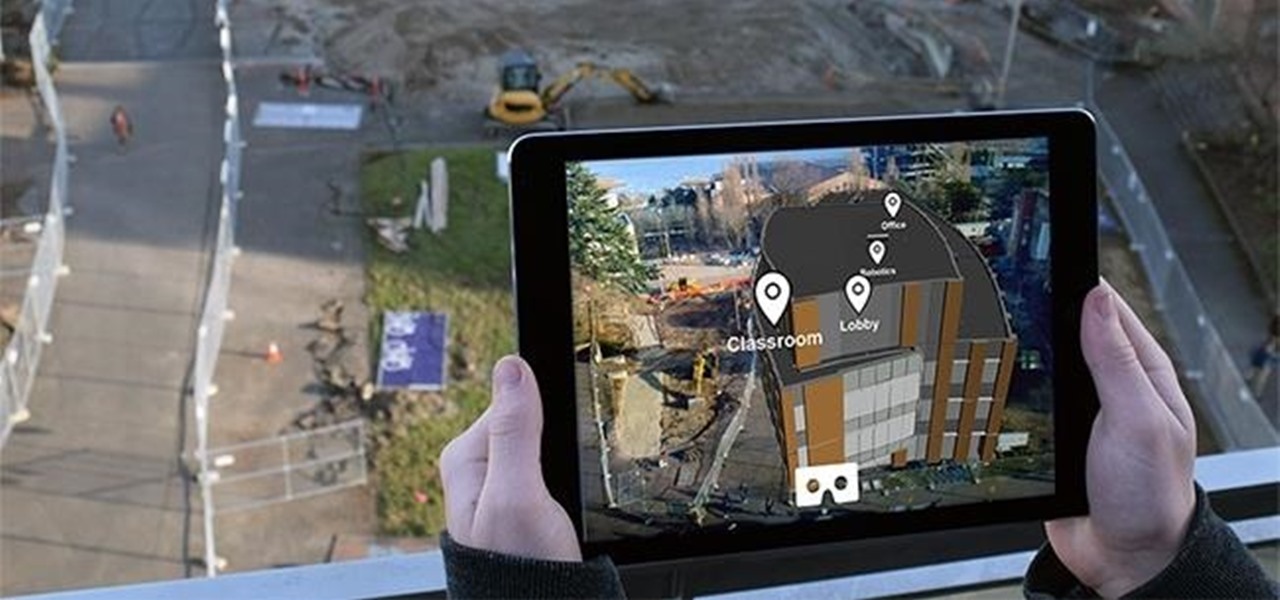
It's fitting that students at the University of Washington can catch a glimpse of the new, 135,000 square-foot computer science building in augmented reality before construction is completed.

LearnHow to Draw Sulley and Mike from Monster University Movie with the best drawing tutorial online. For the full tutorial with step by step & speed control visit: How to draw

Believe it or not, it's possible to make your very own lava—if you have a furnace capable of heating up to 1,200 degrees Celsius, that is. Bob Wysocki and Jeff Karson started the Syracuse University Lava Project to study basaltic lava and give students a hands-on way (hypothetically, of course) to learn about it. Oh, and they also want to use it for art projects. Sign me up for that class! It all starts with 1.1 billion-year-old basalt gravel, which apparently anyone can buy. They put the gra...

Learn how you can get free online education: see this must-have, massive list of resources.

An information technology degree from Kaplan University could be the first step towards a potential information technology career.* Earning an IT degree online can seem like a daunting task, but Kaplan University faculty and staff are available to students through email, instant messaging, and phone calls as well as weekly online seminars.

When beginning her journey at Kaplan University, Michell Sturgis was unsure how the demands of working full time and college coursework would impact her life. Kaplan University’s flexible learning schedule and online degree programs allowed her to complete her assignments at her own pace while still being able to spend quality time with her daughter. Michell took the next step forward from her associate’s degree to earning her bachelor’s degree online.

A degree in nursing from Kaplan University addresses the challenges and scenarios real nurses work through on a daily basis. Kaplan University’s Master of Science in Nursing (MSN program) is based on relevant material to help ensure our students are prepared for their careers. Our online nursing degrees are based on flexible coursework; students enrolled in the Kaplan University School of Nursing program are already nurses and there is no easier way to cater to the ever-changing schedule of a...

Kaplan University master’s degree graduate Onica Browne obtained her Master of Business Administration (MBA) with a focus on international business. In her case, this Kaplan University online program offered a unique learning experience to collaborate with students in other countries, enriching the learning process.

Kaplan University presents Visionary Voices, a series of interviews that chronicle our goals in regards to adult education and continuing education throughout your life. Kaplan University offers online degree programs designed to expand the way you think and help you develop both personally and professionally. Students turn to us to develop their critical thinking skills, to challenge and prepare them for successful careers.*

Carol Platt was caught in the middle of the economic downturn with no backup plan. Searching for a stable job in an unstable economy proved to be difficult without a college degree. Her work history and past successes were overlooked. It had always been a dream of hers to complete her degree; after a failed first attempt, she was unsure of her ability to follow through. She began researching online education options and felt that Kaplan University stood out; she decided to complete her colleg...

Kaplan University nursing alum Debra Eppley was already working in the nursing field when she started her RN-to-Bachelor of Science in Nursing completion program (RN-to-BSN program). Kaplan University’s flexibility and support offered her the opportunity to complete her degree online while continuing to work. Once she completed her Bachelor of Science Nursing online, she was able to make a career move that not only increased her salary, but also her level of job satisfaction.

At Kaplan University, our main focus in developing our online MBA programs is career development. We believe the time and effort that is required to obtain a master’s degree online should be apparent the first day the student begins their new career. Earning an MBA could be a step in the right direction towards a fulfilling and satisfying career.*

Carol Baldwin-Moody of Wilmington Trust describes the challenges that are present in her line of work as senior vice president and chief risk officer. There is a strong legal backing to every major issue in today’s society. Baldwin-Moody has come across several scenarios that aren’t covered by the dated constitutional law in effect today. In past years, a risk officer was thought to be a management concept that would be useful, but not worth the investment. Lately, a risk officer career has b...

Every physician, medical student or resident, from emergency room doctors and nurses to anesthesiologists, need to know of the most fundamental skill sets: airway assessment and management. But before one can be proficient with this skill set, you need to know the tools of the trade.

In Obstetrics and Gynecology (OB/GYN), doctors deal specifically with the female reproductive organs, which means a lot of visual inspection of the vaginal area. Whether you're a doctor, surgeon, nurse, or nursing assistant, knowing how to properly drape a patient is detrimental to the patient feeling protected and secure with the hospital staff, along with having some privacy. This video will cover different types of draping techniques.

Soccer is the most popular sport in the world, and especially popular among young people in the United States. This video features a university soccer coach explaining several important drills for developing young soccer players, including two-touch passing and doing over-unders with the ball. Have you kid dominating the pitch in no time with these drills!

National and international sudoku champion Thomas Snyder explains and shows some tips on how to solve the sixth S.U. Doku puzzle from Stanford University. Get it? S.U. The second video is of him actually solving it.

Using infrared (IR) light pens and the Wii Remote, it is possible to create very low-cost multi-point interactive whiteboards and multi-point tablet displays. Johnny Chung Lee, Carnegie Mellon University. The software can be downloaded at http://johnnylee.net

A five minute film on how to make your own edible robot. Edible robotics is an exciting new field of research into robots as food and prey. This research was supported by Robo250, the Robotics Institute at Carnegie Mellon University, the Mattress Factory and MAYA Design, Inc.

If you're a first year medical student, this is one of the skills you will be learning when training to become a doctor or physician— the ophthalmoscopic exam, which is an instrument for visually inspecting the retina and other parts of the human eye. Every doctor will carry an ophthalmoscope around in his/her pocket daily, so it's necessary that this would be one the first things you should learn in medical school. See how to examine the undilated eye, in five steps.

When you're examining a patient's chest, you start out by simply looking at them— by inspection. It will be hard to count the respirations visually on a healthy person's chest because it moves so little, but in a patient with respiratory distress, the chest might be overactive and strain may show in the neck muscles. Eve Bargmann, M.D., will also teach doctors about palpation, percussion, and auscultation of the chest and back.

In this medical video, learn the process of examining the lower extremity of the body. See demonstrations of how you inspect the lower extremity, how you palpate and then perform passive range of motion of the hip, knee and ankle. John D. Gazewood, MD, MSPH, will also teach doctors special maneuvers to help examine a knee injury. With any type of musculoskeletal exam, you're looking for things like deformity, swelling, and changes in coloration.

Andre Geim and Konstantin Novoselov, from the University of Manchester, have just won the Nobel Prize in physics from their work with graphene. They've found a way to isolate graphene from graphite (carbon in pencil lead) and distinguish its behavior, which holds extreme potential for future technology.

This is a special four-part series on the human head, neck and skull. Medical students can greatly benefit from watch this anatomy video series. Dr. Gita Sinha "dissects" all of the information pertaining to the head and neck. Dr. Sinha is Assistant Professor for the Department of Anatomy & Neurobiology at Dalhouse University. Each of these videos cover a different topic:

A brief neurologic examination includes six sections: 1) mental status exam, 2) testing cranial nerves, 3) sensation exam, 4) testing strength, 5) deep tendon reflexes exam, and 6) coordination exam. Eve Bargmann, M.D., shows doctors how to perform this neurological examination on a patient. You will need to do a full neuralgic exam (not in video) if any abnormalities are found. But this is just a brief screening exam during a general physical exam.

This video will teach doctor and medical students how to perform a full abdomen examination. John D. Gazewood, MD, MSPH, will show you the whole process, from the first steps of inspecting the abdomen, looking for abdominal contour and symmetry, to auscultation, percussion, and palpation of the abdomen. Some common findings during the inspection phase of the exam could be scars, striae, colors, jaundice, and prominent veins.

Eve Bargmann, M.D., will teach doctors in this video how to perform an examination of the patient's heart and blood vessels. As with any examination, you should start out with inspection. Start off with the jugular venous pulse, then examine the heart by palpation and auscultation with bell and diaphragm of the stethoscope, and lastly examine the blood vessels.

In this video, doctors can learn how to perform a full cardiac examination on a patient. The very first thing a doctor should do is visually inspect the patient, because there's a lot that can be gained by simply examining by eye. You'll want to carefully examine the respiratory pattern of the patient, the nature of their precordium, the anterior part of their chest over the heart. Feeling the pulse is also necessary when starting out this heart exam. To learn more, watch the full video.

This video will show doctors the process of examining the upper extremity of the body. When you exam the extremities or any joints, it's good to have a systematic approach to how you will examine each joint. Learn about the inspection of each joint, range of motion, palpation and strength testing from Eve Bargmann, M.D. When examining the upper extremity, you should start with the shoulder and work you way down to the elbow, then the wrist, and lastly, the hand.

Not every nurse can get an IV every time, that's why it's important to stay in practice for the proper technique used for inserting a peripheral IV. This is a common medical procedure that all fields related to medicine should know. Even the soldiers in the military are taught how to insert an IV — every soldiers, not just the medics.

One of the hardest things a man can go through in life is a trip to the hospital, especially when he knows he's going to need a catheter. It's every man's worst fear. But for a nurse, it's necessary knowledge. Learning the male urinary catheterization procedure hands-on is difficult due to the urgency involved in patient care, so this video aims to prepare nurses so they can learn and stay fluent with the proper urinary catheterization technique of a male patient.

In many situations, learning proper medical procedures is difficult due to the urgency involved in patient care, so this video aims to prepare nurses so they can learn and stay fluent with the proper urinary catheterization of a female patient.

Curious about the Big Bang Theory. In this four-part video, learn all you need to know from a great source. Hosted by Professor Richard Muller of the University California, Berkeley, this lecture is part of university's spring 2006 webcasts of "Physics For Future Presidents".

A demonstration of limonene extraction from orange peels used in Organic Chemistry labs. This demonstration is conducted by Dr. Scott Allen, Assistant Professor, Chemistry/Physics, University of Tampa.

A demonstration of the technique of extraction used in Organic Chemistry labs. Separate solubles like two liquids or two solids using this technique of extraction. These demonstrations are conducted by Dr. Scott Allen, Assistant Professor, Chemistry/Physics, University of Tampa.























